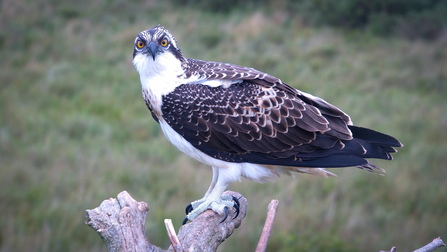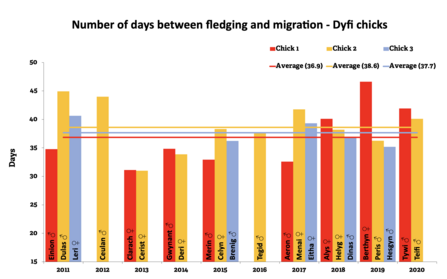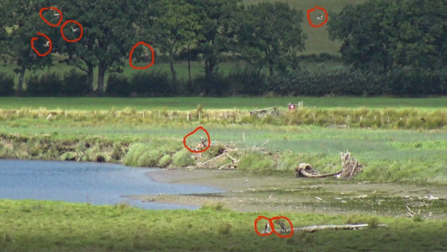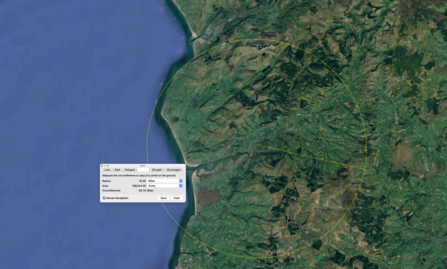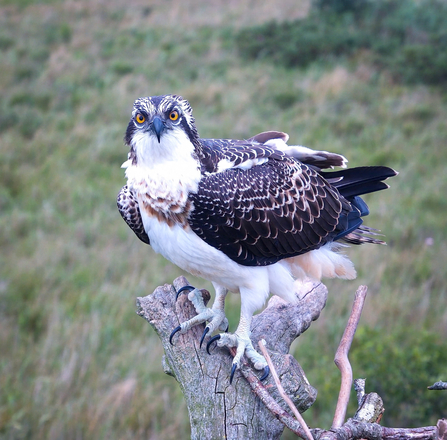At 2pm on 5th August, an osprey fledging landed on the nest - not one of our birds.
Just to be clear - this is a fledgling - not a juvenile or adult. This means that this bird has only very recently fledged from another nest - a matter of days or a few weeks ago at best.
At the time, our own Pedran, Padarn and Paith were 72, 71 and 69 days old respectively. Our visitor yesterday was probably around the same age.
Here is the fledgling having just landed on the nest perch. She could be a female based on the girth of her legs, but I'm only guessing here, based off a 2-D image.

